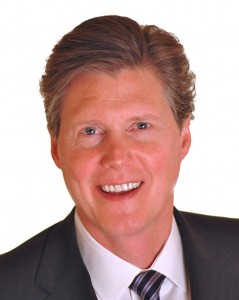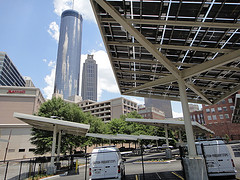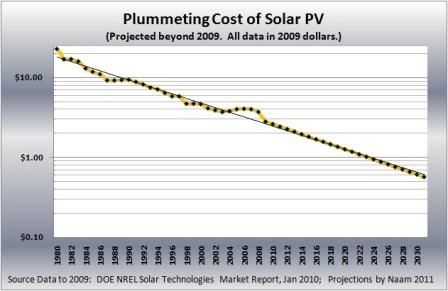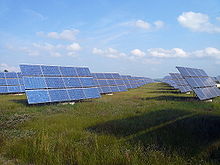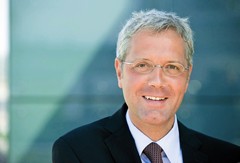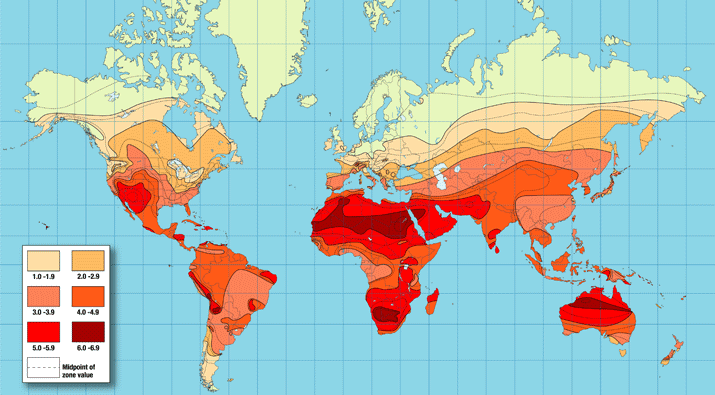This is what you call a paradigm shift: the energy source that made the industrial revolution take off 200 years ago, coal, is being beaten down in price by the energy source Thomas Edison recommended 80 years ago: the sun.
Sandra Enkhardt wrote for PV Magazine 24 April 2012, Germany: PV makes coal power unprofitable,
“Photovoltaics destroys the economics of coal power plants,” stated MD of the Association of Coal Importers, Erich Schmitz. Given the increasing amounts of green electricity from the wind and sun, it is questionable whether investment in new coal plants by energy companies Eon, RWE, Vattenfall and EnBW will pay off, since the plants must be turned off if there is enough green energy being fed into the grid.
Already back 9 February 2012 Lars Paulsson and Marek Strzelecki wrote for Bloomberg Europe Coal Loses to South Africa on Renewables: Energy Markets,
Germany’s biggest program of solar- and wind-power production has driven European coal prices below South Africa’s for the first time in 10 months….
Coal prices in Europe have fallen 7.5 percent this year as nations increase the amount of energy they get from alternative sources. Germany, the continent’s biggest power market, installed a record 3,000 megawatts of new solar panels in December, the Bonn-based Bundesnetzagentur, the network regulator, said. Coal stockpiles at the biggest storage site in the Netherlands are 6.7 percent above year-ago levels, according to Europees Massagoed-Overslagbedrijf BV, which operates the terminal.
 So if solar is beating coal’s price down and Germany installed 3 gigawatts of solar PV in December while installing none of coal, which is the alternative now? Wouldn’t coal be the poor alternative while solar is the main act?
So if solar is beating coal’s price down and Germany installed 3 gigawatts of solar PV in December while installing none of coal, which is the alternative now? Wouldn’t coal be the poor alternative while solar is the main act?
-jsq
PS: Owed to Michael Noll.
